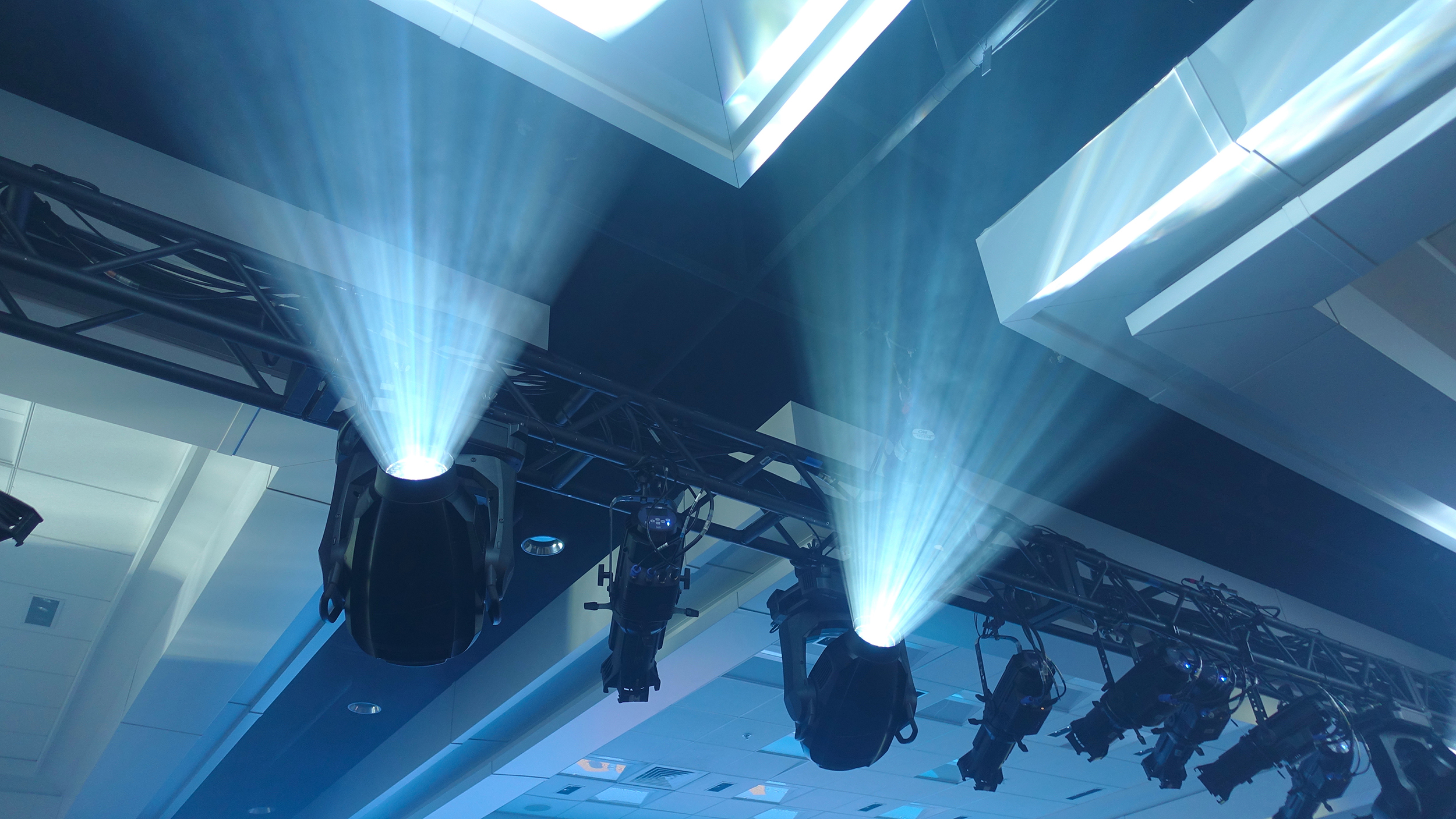When we first become meeting planners, we quickly realize that there’s a whole new world of terminology to familiarize ourselves with. From contract language and event orders to taxes and food and beverage minimums, the knowledge we have to accumulate – at a fast pace, and on the job – is simply overwhelming.
It’s okay to be basic: the 5 AV terms every planner meeds to know
October 10, 2019
Today, I’m here to break down the most common AV terms you’ll run into throughout your career in a way that makes sense, and point out how these solutions can be used to help bring your vision to life.
Video Mapping – One of the quickest ways you can transform the look of any space. Sometimes referred to as “projection mapping,” video mapping is the projection of images (or videos) onto a flat or 3D surface or object. There are so many possibilities that video mapping deserves its own blog post, but here are two: backdrops for presentations that you can easily switch out between sessions, and artwork projected on the outside of a building for a unique arrival experience.
Bandwidth – The maximum data transfer rate of a network or internet connection or the amount of data that can be transmitted in a fixed amount of time. With the right amount of bandwidth your event can do incredible things – like power a global webcast or have your entire audience engaged in presentations via a mobile app like Chime. For more on bandwidth and knowing how much to buy for your event, check out our full post on event Wi-Fi.
Gobo – One of the most common lighting tools with one of the most indistinguishable names. Essentially, a gobo is a stencil that goes in front of your lighting to project an image or a pattern on a surface. Commonly used in weddings to temporarily highlight the couple’s initials on the dance floor, there are tons of ways to use gobos no matter what type of event you’re planning. Think brand launch parties with the company logo and color palette, or a celestial-themed gala with constellations on the ceiling and stars on the wall.
Truss – Structures that allow lighting, video, audio, or any other staging equipment to be hung. Basically, a truss is what makes it all happen! Your AV expert will often discuss room design, so it’s important to understand the basics of how a truss will impact the setup. If you have a larger meeting, a truss is needed to flow screens and speakers throughout the conference center to make sure everyone can see and hear the action on stage.
Throw Distance – The appropriate distance between the screen and the projector for images to show up correctly. When something moves fast, we usually say it’s “faster than the speed of light.” But it doesn’t always move as far as we want it to move. Lenses in projectors can only push out an image so far before the image starts to get stretched, blurry, etc. So, when you hear the term “throw distance” come up from your AV provider, don’t panic -they’ll handle the technical part of the setup. You can help get the best experience for your attendees by providing high resolution content ahead of time, or work with your AV provider to create new content for your event.
Takeaways
Remember: while understanding AV solutions and equipment is helpful and can save you from last minute panic, the real secret behind any successful event isn’t memorizing a dictionary of terms. As long as you work on developing a relationship with your Director of Event Technology – or someone on your AV team – you’ll have a trusted individual in your corner from start to finish. They’ll not only know these terms (and so many more!), but they’ll understand your goals and help you achieve them.